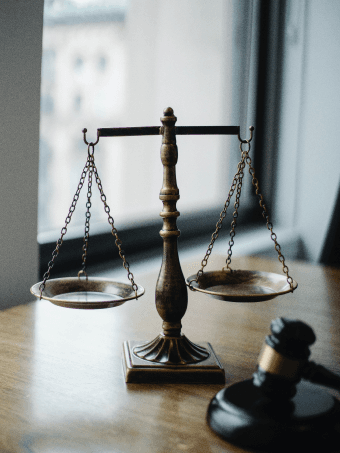As of December 2022, Trama has provided an initial lawyer’s check for over 20,000 trademarks. Each verification result includes an individual risk assessment. The risk level is dependent on aspects such as the distinctiveness of a trademark, the existence of identical trademarks, and the potential risk of opposition. The analysis of all trademarks submitted for a lawyer’s check by Trama reveals that virtually only about 30% of all trademarks were assessed to have close to zero risk of opposition. The remaining trademarks received either a Medium or High risk level, meaning they were recommended to apply certain changes in order to minimise their risk of opposition.

Higher risk level usually indicates that we have found similar trademarks, which means there are chances either a trademark office may refuse to register the trademark or owners of the trademarks may oppose the application. Whether they will do so is not so straightforward. From our experience, the chances of opposition increase if one of the brands is either a direct competitor or belongs to a large corporation. In cases where the trademark receives opposition, brand owners have the option to make a co-existence agreement, dispute the opposition, or withdraw the application.
As for the reasons for higher risk indicators in the analyzed assessment results, the data indicates that:
25% of all verifications were recommended to amend their trademarks to increase distinctiveness
19% were found partially descriptive
14% were recommended changes due to large number of identical trademarks

Business owners wishing to register their trademark must keep in mind that a certain level of risk is pretty much inherent in the trademark registration process. On average, only about 5% of all trademark applications are opposed. Besides the level of distinctiveness of a trademark, the risk of opposition also depends on the overlap in the goods & services provided, as well as size and behaviour of the organisations holding existing trademarks. Although trademark registration almost always entails some level of risk, there are ways to increase the chances of successful registration by following a number of steps.
How to maximise chances of a registration success?
Distinctiveness
For a trademark to be eligible for registration, it has to meet certain criteria, one of the most important ones being trademark distinctiveness. As the purpose of a trademark is to signal a recognizable source of goods or services to the customer, only a distinctive-enough trademark can achieve this purpose without consumer confusion. In general, when choosing a name for a company, entrepreneurs should try to avoid words that are too generic, descriptive, or confusingly similar to existing trademarks.
Similarity search
As mentioned previously, another problem commonly associated with creating a distinct trademark is making sure that it is not too similar to already registered brands. Many starting businesses that tried to register their trademarks without prior research have either suffered rejection directly from the trademark office or received opposition from their competitors who registered before them. Trademark law strongly prioritizes companies that filed the trademark application first, even if the registration process was not yet completed. If an identical trademark has been already registered, the chances of a successful registration are virtually non-existent.
Classes of goods and services
When filing a trademark application, you must indicate the classes of goods and services which will be associated with and protected by the trademark. There are 45 categories of goods and services to choose from: classes 1 through 34 cover goods and classes 35 through 45 cover services. Incorrect classification is one of the most common mistakes people make when applying for a trademark. If you misclassify your goods and services, you could end up without the protection you need in your industry. In order to make the process easier, we created a user-friendly Industry Selector to help you choose relevant trademark classes.
Trademark registration is a tricky process that is hard to navigate without appropriate legal expertise and experience. Therefore, it is highly recommended to work with a professional trademark attorney who can considerably ease trademark registration for you. Team Trama is proud to have already registered over 7,200 trademarks, providing professional end-to-end service to cover all trademark needs of our clients. Our team of expert trademark attorneys will ensure that your trademark is successfully registered as quickly as possible. Schedule a free consultation today to find out more about trademark options for your brand.


